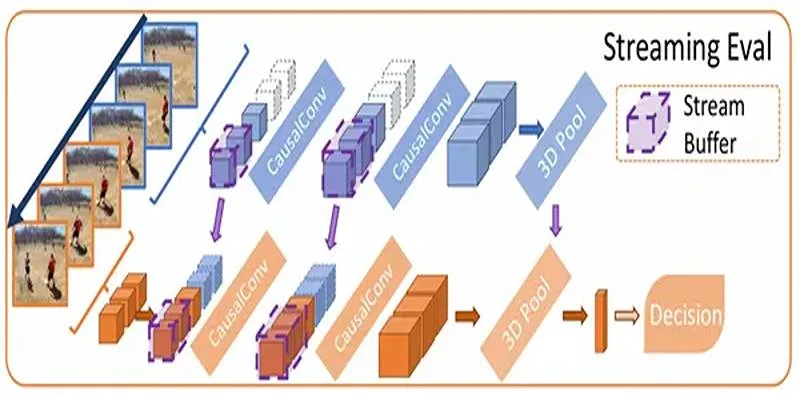Handling massive datasets that grow daily is common today, yet finding the right tool to store and efficiently access that data remains a challenge. Apache HBase is designed precisely for this purpose — managing billions of rows and columns across numerous machines without breaking under pressure.
What is Apache HBase?
Apache HBase is an open-source NoSQL database that operates on top of Hadoop. Unlike traditional relational databases, HBase uses a sparse, column-family-oriented data model, offering flexibility in handling various data types without a predefined schema. Every piece of information in HBase is stored as a key-value pair, enabling multiple versions of the same cell to be stored and retrieved when needed.

HBase complements rather than replaces relational databases, especially in scenarios involving large data distributed across clusters. It supports horizontal scalability, seamlessly integrating with Hadoop’s ecosystem to allow data processing via MapReduce or access through tools like Hive and Pig. Its fault-tolerant architecture ensures data durability, even amid hardware failures.
Core Components of HBase
Understanding HBase architecture involves examining its main components and their interactions:
- HBase Master: Manages the cluster by assigning regions to region servers, monitoring health, and handling tasks like region splitting and merging.
- Region Servers: Handle read and write requests from clients, managing regions — contiguous row ranges of tables. Regions are split automatically to distribute load across the cluster, ensuring scalability.
- ZooKeeper: Provides coordination, maintaining server status and region assignments. It ensures that clients quickly locate the correct region server.
- HDFS (Hadoop Distributed File System): Acts as the storage layer, persisting all data to ensure durability and distributed storage through data block replication.
Data Model and Storage Mechanism
HBase organizes data in tables split into regions, stored as one or more HFiles on HDFS. Data is written to a Write-Ahead Log (WAL) for durability before storage in memory. When MemStore fills up, it flushes contents to disk as immutable HFiles, which are periodically compacted to reduce storage overhead and improve performance.

Tables in HBase are divided into column families, allowing for fine-grained control over storage and retrieval. This setup is ideal for random reads and writes, avoiding the overhead of scanning entire datasets, thus ensuring speed and reliability.
Strengths and Common Use Cases
HBase is renowned for handling large, sparse datasets efficiently, distributing load across servers seamlessly. It prioritizes fast, consistent writes, making it perfect for time-series data, log processing, and data warehousing. It excels in real-time analytics platforms and applications requiring historical data storage, such as recommendation engines and IoT backends.
While HBase lacks full SQL capabilities, integration with Apache Phoenix allows for SQL-like querying, easing adoption for teams familiar with traditional querying methods.
Conclusion
Apache HBase offers a robust solution for managing massive, structured datasets in distributed environments. Its architecture provides scalability and resilience, with a column-family data model offering flexibility. For teams handling big data applications that require consistent writes and quick lookups, understanding HBase architecture opens up new possibilities for designing scalable systems.
For more insights, consider exploring Apache HBase official documentation or engaging with the Hadoop community for further learning and support.
 zfn9
zfn9


















